
Water determines the Great Lakes Region’s economic future
Climate change, geopolitics and business opportunities power a blue economy
As Canada’s last wild spotted owl goes missing, a legal case that could change Ottawa’s approach to critically endangered species is poised to begin today on the seventh floor of a Vancouver courtroom. The case sets the environmental group Wilderness Committee against the federal government, in a showdown that tests the urgency with which Canada’s Species at Risk Act must be applied to protect wildlife at risk of extinction. Watching closely from the sidelines is the BC NDP government, which for months has lobbied Ottawa to stay out of provincial affairs while it continues to approve industrial logging in the spotted owl’s old-growth habitat.
The environmental law charity Ecojustice, acting for the Wilderness Committee, will ask a federal court judge to consider the question: did Canada’s Environment Minister Steven Guilbeault act unlawfully when he delayed — for eight months — asking the federal cabinet to issue an emergency order to prevent the extinction of the spotted owl from Canada?
“That is too, too long to wait for anything that you would call an emergency,” Joe Foy, protected areas campaigner for the Wilderness Committee, told The Narwhal. “And when you’re down to one last wild-born spotted owl, I don’t know how else you could define it but an emergency.”
“Can the minister delay for so long on such a critically endangered species?” Foy asked. “The answer that we get will affect many species going down the road, as we try to get better species protection laws.”
The spotted owl has been in the limelight off and on for decades, as efforts to protect it clash with plans to log the commercially valuable old-growth forests where the owl nests in large trees and preys mainly on flying squirrels and bushy-tailed woodrats. In 2003, the spotted owl was listed as endangered under Canada’s newly minted Species at Risk Act. Two decades later, a recovery plan for the species has still not been finalized. About 30 spotted owls, including wild owls captured by B.C. government biologists, live in outdoor aviaries at a captive breeding centre in Langley, east of Vancouver, where staff hatch eggs in incubators in the hopes of one day returning the raptor to Canada’s wild.
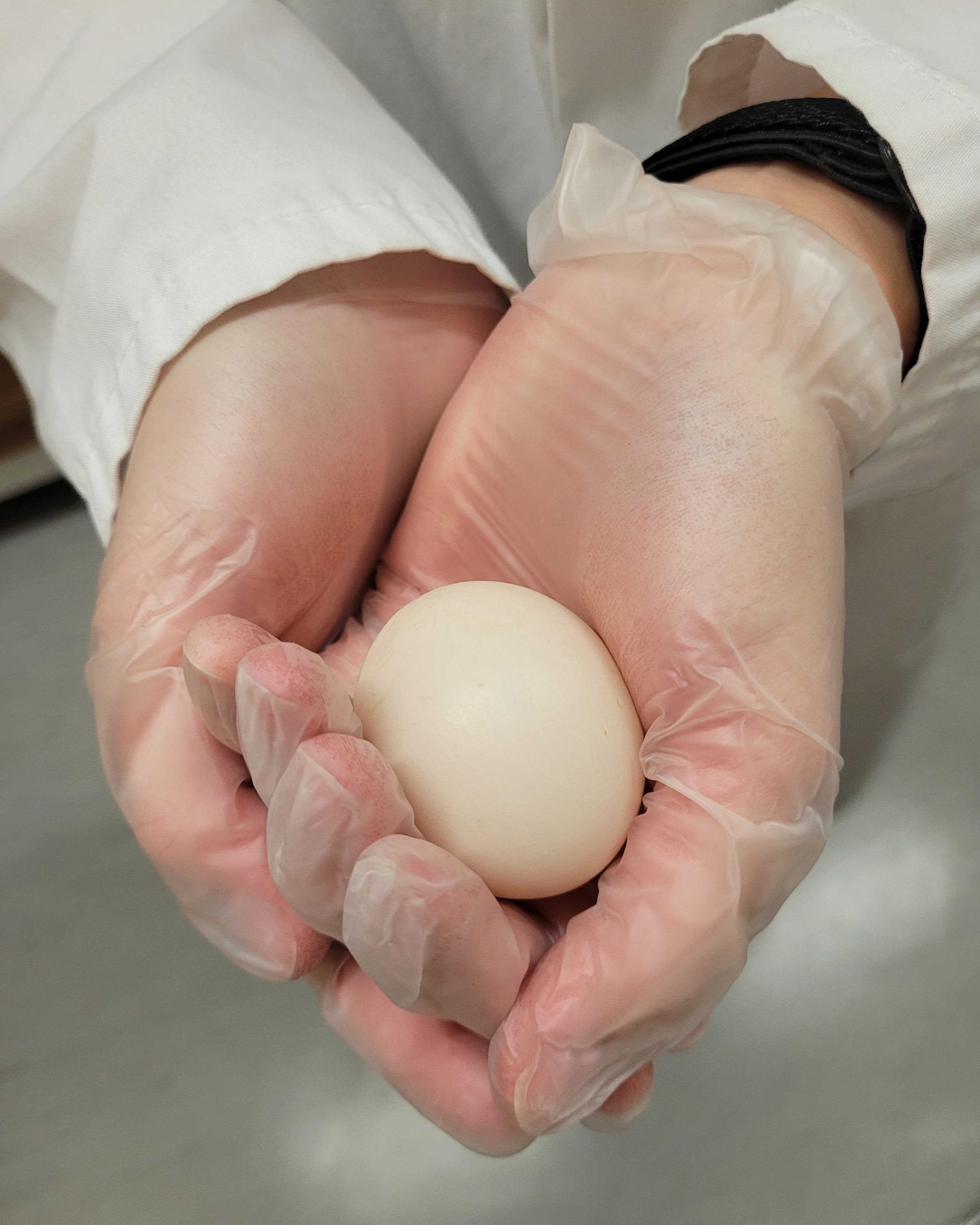
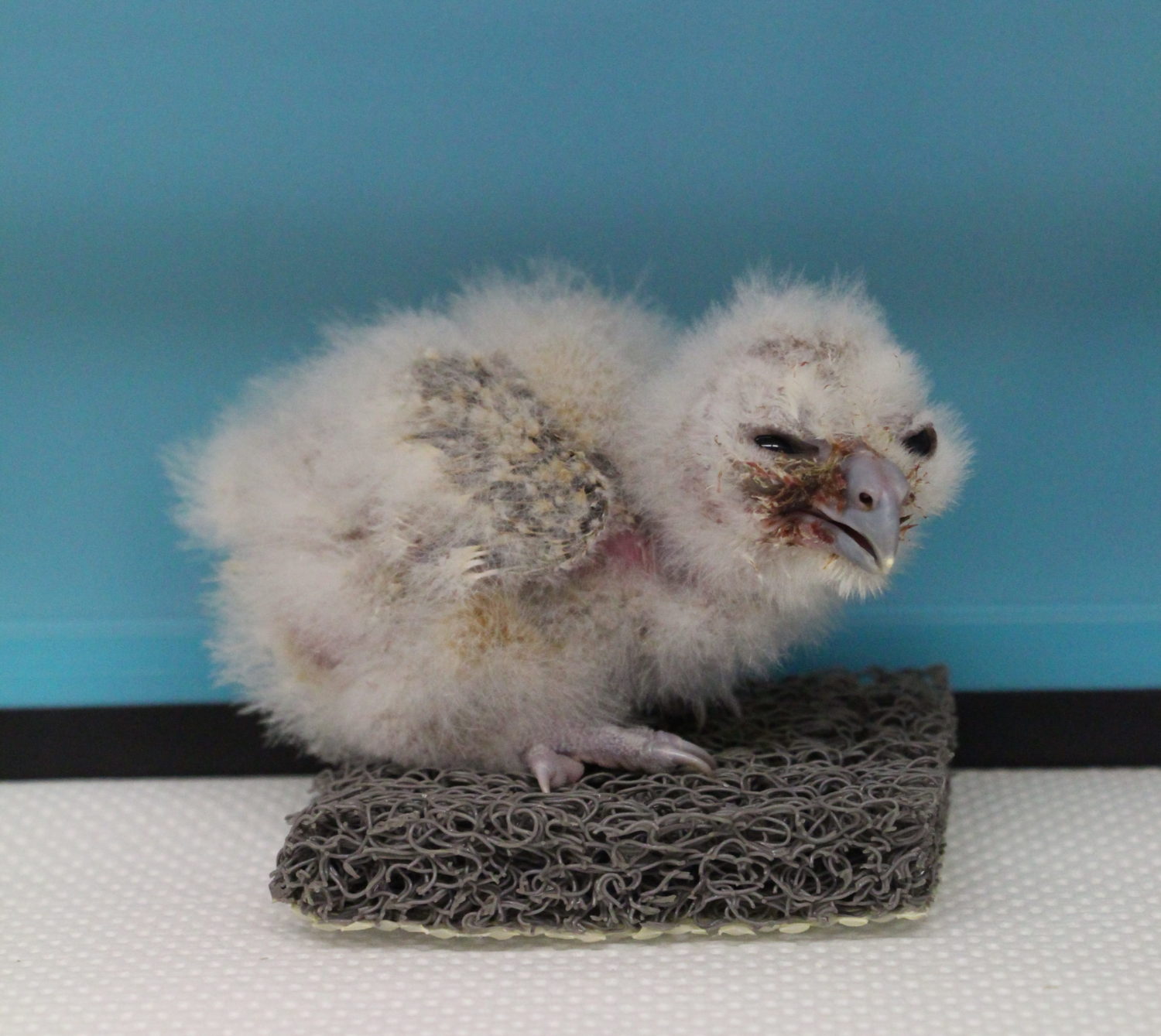
In October 2022, with only one wild-born spotted owl left in B.C.’s forests, Ecojustice petitioned Guilbeault demanding an emergency order be issued under Canada’s Species at Risk Act to save spotted owls. An emergency order would give Ottawa the power to step in and make decisions which normally fall to B.C., such as whether to grant logging approvals in critical habitat for the spotted owl, a chocolate brown bird with distinctive white flecks.
It’s not the first time Ecojustice, acting for the Wilderness Committee, has petitioned the federal environment minister for an emergency order to protect spotted owls. The law charity’s October 2020 petition for an emergency order was stymied after B.C. and Ottawa struck a deal to defer logging in two Fraser Canyon valleys that, at the time, were home to the country’s last three wild-born spotted owls — the first step in a nature agreement aimed at strengthening conservation efforts in B.C. The two governments said the nature agreement would feature pilot projects deploying new approaches “to protecting species at risk and enhancing biodiversity,” starting with immediate action to support efforts to recover the spotted owl.
Since then, things have gone from bad to worse for the spotted owl, while the long-promised nature agreement has not yet materialized. Two of the three spotted owls — males in the Spuzzum and Utzlius valleys — subsequently disappeared and were presumed dead, leaving just one wild-born female. The Spuzzum male was the mate of the lone female; the pair made history after they hatched the last three wild spotted owl chicks in Canada. The three juveniles were captured by provincial government biologists, who took them to the government-funded captive breeding centre.
In an emailed response to questions from The Narwhal, after turning down an interview request, the B.C. Ministry of Water, Land and Resource Stewardship confirmed provincial biologists failed to detect the female during routine acoustic surveys this year, saying the owl was last detected a year ago. “Field crews consider the wild female to be alive at this time and continue to monitor for a detection,” the ministry optimistically stated. It also said two spotted owls from the breeding centre that were released this summer are still alive. Last year, for the first time, three breeding centre owls were released near the Fraser Canyon. One owl was found injured and returned to the centre, while the other two died over the winter.

Following the 2022 Ecojustice petition, Guilbeault said in January he would recommend the federal cabinet issue an emergency order to protect spotted owl habitat from imminent logging. But Guilbeault didn’t follow through until late September, when the cabinet rejected the order. The federal cabinet is not required to provide reasons for its decision and none were given.
The decision was immediately slammed by Spuzzum First Nation Chief James Hobart, who said he was extremely disappointed. “How can Canada delay and then walk away from an emergency order to protect the spotted owl, a species in such a dire state of emergency?” the chief asked in a statement released today in support of the legal case.
A cabinet minister briefing document obtained by The Narwhal showed the B.C. government lobbied intently behind the scenes to dissuade the federal cabinet from issuing an emergency order. The briefing document cited socio-economic impacts and B.C.’s “significant protections” for spotted owls as reasons why Ottawa should back away.
During the eight months Guilbeault delayed making the recommendation to cabinet, the Wilderness Committee documented new clearcutting and B.C. government logging approvals in spotted owl critical habitat, including in a wildlife habitat area in the Fraser Valley the provincial government had set aside for spotted owl recovery.
Ecojustice lawyer Andhra Azevedo said B.C. and Canada have taken a “talk and log” approach since Guilbeault determined plans for imminent logging jeopardized the recovery of the species. “If you act after the logging has already occurred, you haven’t obviously done anything to prevent the emergency you’ve identified from happening,” Azevedo said in an interview.
Instead of taking emergency action to step in as B.C. failed to protect the spotted owl’s habitat, Azevedo said Guilbeault’s delay allowed the province to further threaten the owl’s recovery through further logging. “The eight-month delay to recommend an emergency order, followed by cabinet’s denial of the order, makes a mockery of emergency orders under the Species at Risk Act.”
Emergency orders generally rely on environmental organizations to do the groundwork to determine imminent threats to a species at risk of extinction, Azevedo said. Once lawyers acting for an environmental organization petition the environment minister for an emergency order, the federal environment ministry conducts its own threat assessment.
“And so, in this case, we know that in January, Environment Canada determined that there was 2,500 hectares of spotted owl habitat that was not just generally at risk of logging, but a very high potential of being logged in 2023.” The logging season in B.C. is roughly from March or April to November, Azevedo pointed out. “And so that puts a pretty clear timeline on what the emergency was.”
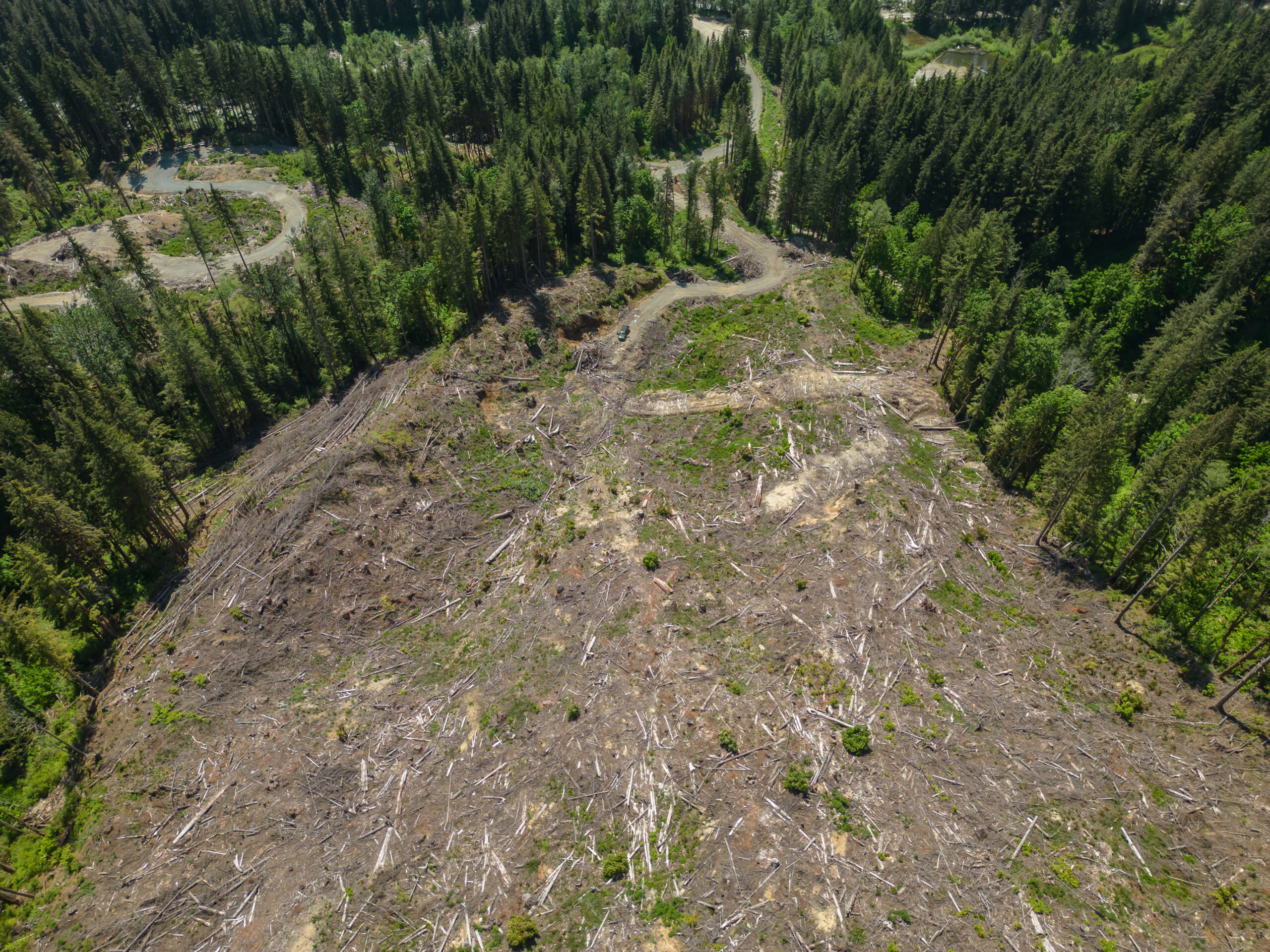
Andrea Olive, a University of Toronto professor whose research focuses on biodiversity and conservation policy, is among those watching the legal case closely. “If this court case rules on the side of the spotted owl, it may open the door for other species, or at least make the government pretty nervous that that could happen,” Olive said in an interview. Although no one wants to see a situation in which Ecojustice must repeatedly petition the federal government for emergency orders to protect critically endangered species, Olive said the “precedent-setting” case could prod the federal government into taking timelier action under the Species at Risk Act.
The federal government is “very much in a difficult spot” when it comes to recovering spotted owls and other at-risk species in British Columbia, Olive pointed out. Unlike other provinces, B.C. lacks a stand-alone law to protect close to 2,000 species officially at risk of extinction, despite a 2017 promise from the BC NDP government to enact such legislation.
Olive said “we’re not really supposed to get to that place” where emergency provisions in the Species at Risk Act are used to compel a province to take action. “It’s still putting a burden on the federal government to do something that’s really in the province’s jurisdiction … British Columbia should have done something. It’s their failure.”
In its emailed statement, the B.C. Ministry of Water, Land and Resource Stewardship said it can’t comment on a matter before the courts. “B.C. remains confident that through the combined efforts of a team of dedicated provincial staff at the breeding centre and our First Nations partners, we will continue moving towards the right path to spotted owl recovery,” the ministry said.
Documents submitted for the legal case offer a glimpse of the B.C. government’s mindset and priorities. In an Aug. 8 letter to Guilbeault, B.C. Minister of Water, Land and Resource Stewardship Nathan Cullen discussed the captive breeding and release program at length, calling it the “best chance for spotted owl survival and recovery in B.C.” when coupled with the removal of barred owls, a bigger and more aggressive species that has moved into spotted owl territory. More than 200 barred owls have been relocated or “removed” — a euphemism for killed — from spotted owl territory since 2007, Cullen noted.
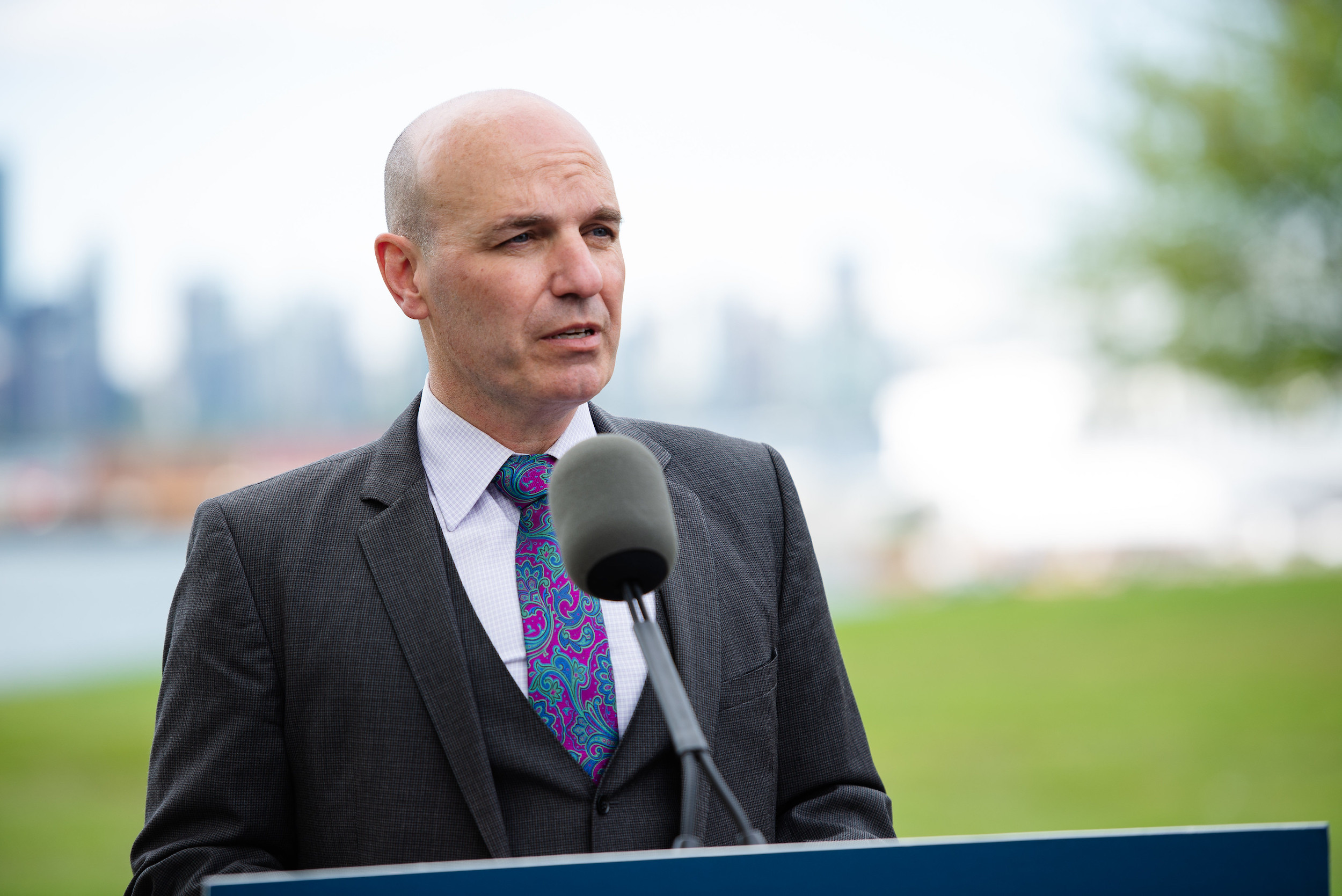
Cullen said the province’s spotted owl recovery program is “scaling rapidly” following extensive investments in spotted owls over the past 16 years, including about $1 million a year for the breeding centre. But “significant additional immediate capital investments and land acquisitions are required,” Cullen said, asking the federal government to help with funding.
In the letter, Cullen claimed the federal government’s Trans Mountain pipeline expansion project “exposed the captive breeding population to avoidable risk,” contrary to the precautionary principle in the Species at Risk Act and contrary to expert advice. Cullen noted the project was allowed to proceed directly adjacent to the captive breeding centre in Langley “during this year’s critical breeding window,” despite B.C.’s concerns.
He then dove into minute details, saying two breeding females died and the average egg fertility for the first clutch of eggs was significantly reduced this year. Reduced breeding outcomes in 2023 could be significant for the spotted owl’s survival and recovery, potentially impacting the population growth trend, Cullen continued. “With such a low population size and limited number of breeding years per female, the consequences of these impacts are amplified and potentially dire.”
B.C. believes there was a lack of regulatory oversight and has filed a complaint with the Canadian Energy Regulator, Cullen noted.
The Narwhal earlier reported the B.C. government approved 24 new cutblocks for the Trans Mountain pipeline in spotted owl critical habitat, including in old-growth forests.
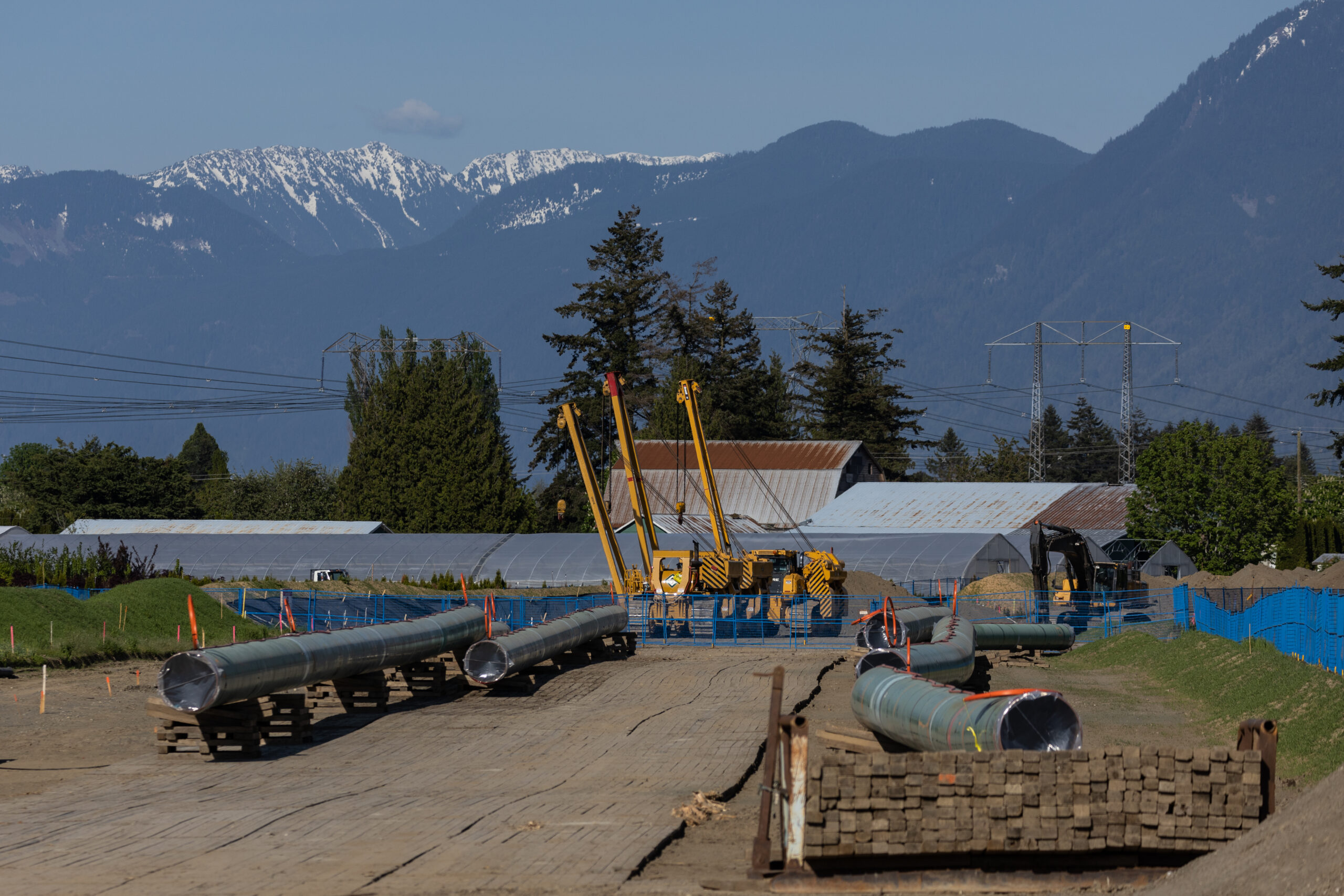
Cullen also outlined in detail how the B.C. government has set aside enough habitat to support 250 paired mature owls in the wild. But Foy scoffed at that notion, asking: “So how come we’re down to one? If everything’s all peachy keen, what’s going on there?”
The answer, Foy said, is that the spotted owl’s habitat is so fragmented the species can no longer replicate in the wild. Juvenile spotted owls can’t safely disperse to new territories in search of food, shelter and mates.
In an emailed response to questions, Environment and Climate Change Canada media relations spokesperson Eleni Armenakis said the federal government recognizes more needs to be done to support the recovery of the spotted owl. “Collaboration with British Columbia and First Nations is the preferred approach for achieving the species’ recovery,” she said. “The government of Canada will not be making an emergency order at this time.”
Building off current negotiations towards a tripartite agreement on nature conservation, the federal government is working closely with its partners to ensure “a suite of measures to support spotted owl recovery are implemented,” Armenakis said. “This includes captive breeding and release and habitat protection.”
Armenakis said Guilbeault has fulfilled his obligation under the Species at Risk Act and recommended an emergency order to protect the species to the federal cabinet, “having previously concluded the species was facing imminent threat to its recovery.”
Foy said the Wilderness Committee is motivated to take legal action because so many species are struggling. “We need to stop and realize that, only a decade ago, we weren’t talking about things like the last wild spotted owl, or entire herds of mountain caribou disappeared, wiped off the map,” he said. “And today, we are talking about those things … All of this means every little finger hold we get, every opportunity we get to put this fastly deteriorating environmental situation in front of one of our courts, in front of our politicians, I believe we should take every opportunity we can.”
“It’s never too late to help the spotted owl,” Foy said. “I’m caught between painting a rosier picture than it is, but also in not giving up while there is still a chance at life.”
Get the inside scoop on The Narwhal’s environment and climate reporting by signing up for our free newsletter. On a warm September evening nearly 15...
Continue reading
Climate change, geopolitics and business opportunities power a blue economy

10 billion litres of sewage are dumped into Winnipeg’s lakes and rivers each year. Some...

Court sides with Xatśūll First Nation, temporarily halting Mount Polley mine waste expansion
